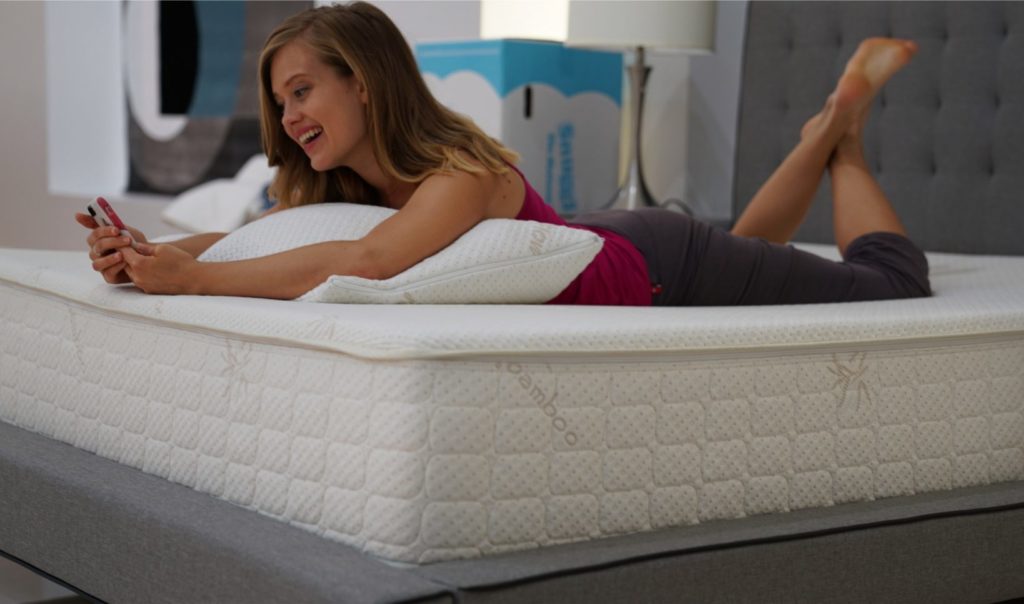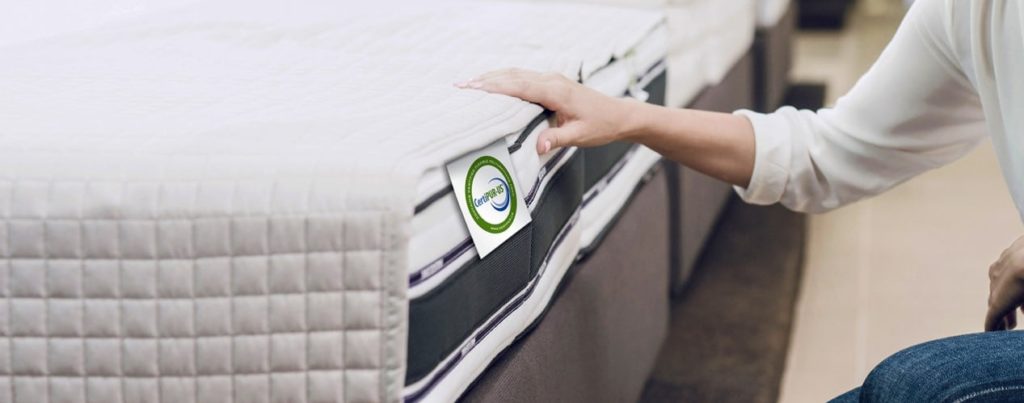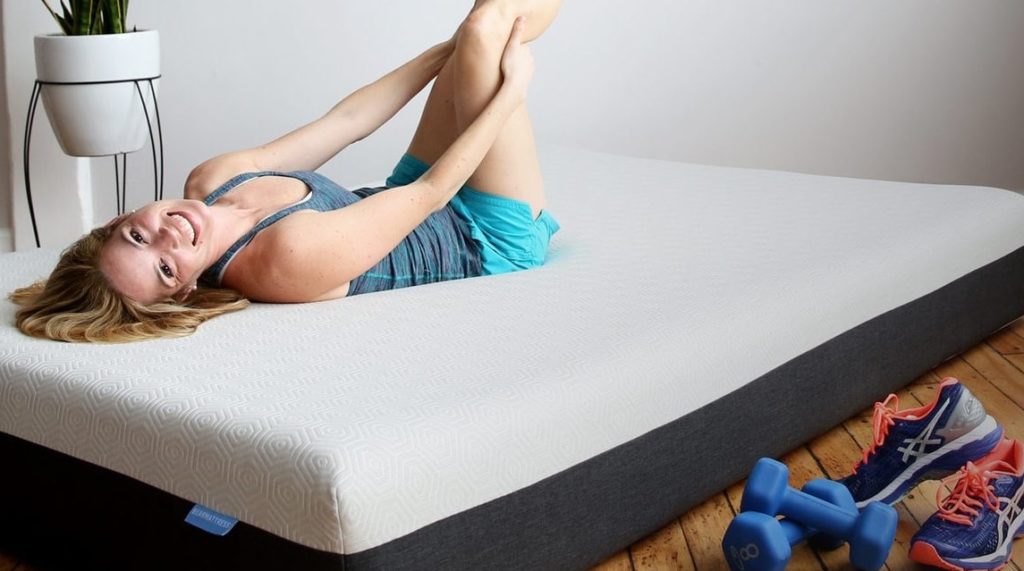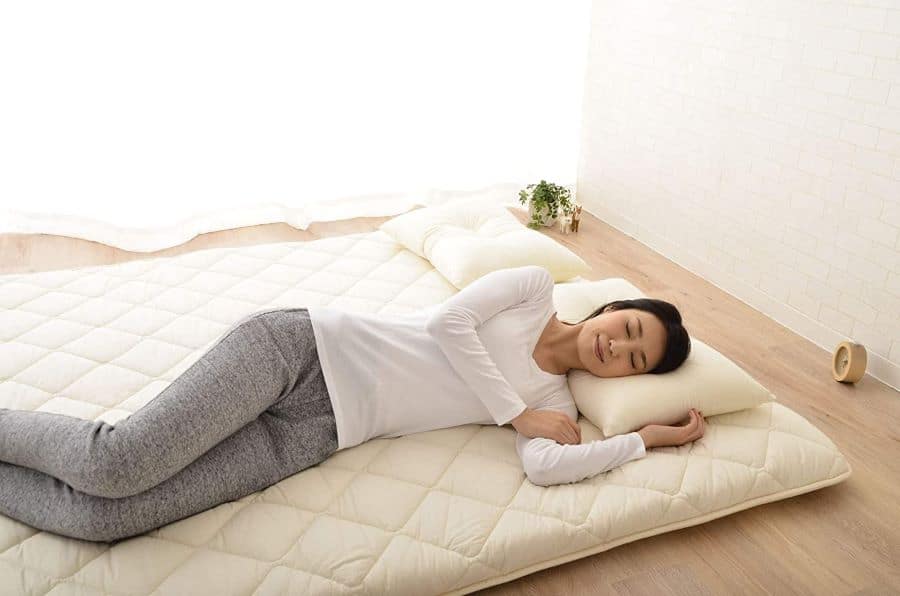

You can experience little to no other discomfort than having your mattress soaked with water. The feeling of water on your body as you lie on your mattress, which is supposed to be your saving grace from fatigue and dizziness, is depressing. It worsens when it has a bad odor, which cannot be avoided, especially when it gets wet from sweat, urine, water, chemicals, or any other smelling causative factor.
A wet mattress attracts mold and bacteria, which are detrimental to your health. Also, tiny microscopic dust mite Trusted Source How to clean your bed | Australian lifestyle | The Guardian How often should you wash your sheets, pillows, duvet and mattress? And when is it time to throw them out? Experts explain how to keep your bed clean. www.theguardian.com arthropods thrive on your skin cells because of the humid environment your wet mattress has created, so it’s only advisable that you begin the drying process that will be discussed in this article as fast as possible.
Specific equipment can be used in drying a mattress quickly. When used, they remove most or all of the water almost immediately. These equipment are:
It would help if you had a waterproof mattress protector that serves as a barrier to elements that could cause spills or make your mattress wet. However, if the protector fails to serve its purpose due to the large flow of the spill, sweat, urine, water, or chemicals, the following steps should be used to dry your mattress.
How to dry a wet mattress with urine? Drying a damp mattress after spills, urine, flood or other water catastrophes can pose some difficulty.
A damp mattress quickly develops a musty odor, and within a day or two, mold may begin to form deep within it. If the mattress was flooded, the water was most likely contaminated with biohazards, harmful chemicals, or gasoline. Even if you sanitize the mattress thoroughly, mold from leftover moisture could infiltrate the mattress undetected.
While a wet mattress can be dried, the source of the water should be considered first.
Mattresses that haven’t been completely saturated, such as those soaked from spills, leaks from rainwater, or a small quantity of water, can be saved if you act swiftly and seriously. However, they might be beyond repairs at times, which will lead to their disposal. If you don’t want to do away with your mattress, talk to a professional restoration firm about whether it can be dried and disinfected quickly enough for you to continue use.
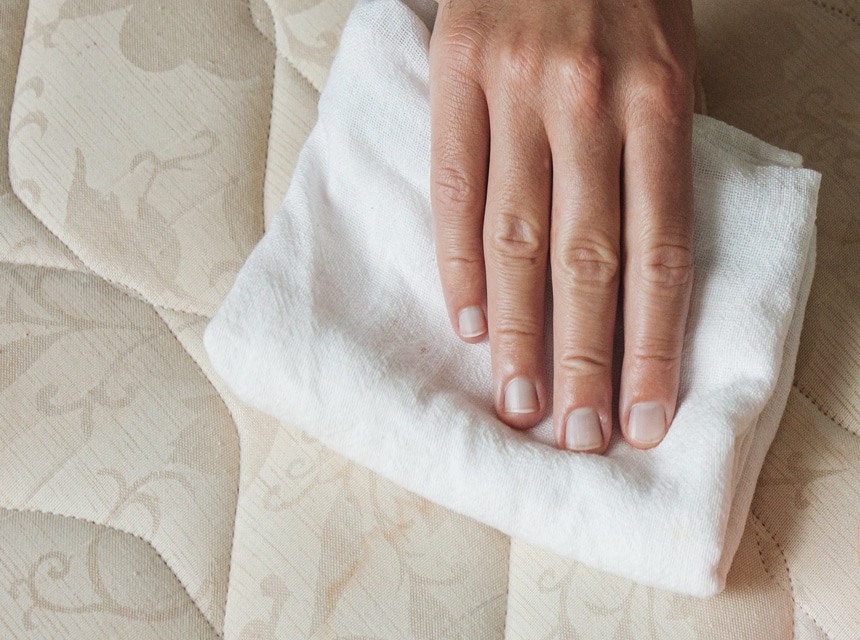
Absorbents such as towels should be used to extract as much water as possible from minor wet areas on the mattress. Blot the area with clean towels to absorb as much of the water as possible. Repeat this procedure until the towels are no longer absorbing liquid. It is advisable to apply so much pressure to drain fluids from the inner layers, where mold is most likely to grow.
Placing heavy objects on the towels for a few moments, such as weights or stacks of books, can also assist. Another way of removing water using a towel is to stand and walk around on the towel, thereby applying pressure and absorbing more water.
Furthermore, you can apply moisture-absorbing substances such as kitty litter and baking soda. You should sprinkle them on the damp spot first and then push down with a toothbrush, a towel, or your hand for really moist mattresses. The moisture-absorbing substances will aid in the removal of stains and additional water in the inside layers and speed up the drying process.
Allow for up to 12 hours of absorption before moving to the next step. As the substances absorb the water, it should clump up, indicating that it is working.
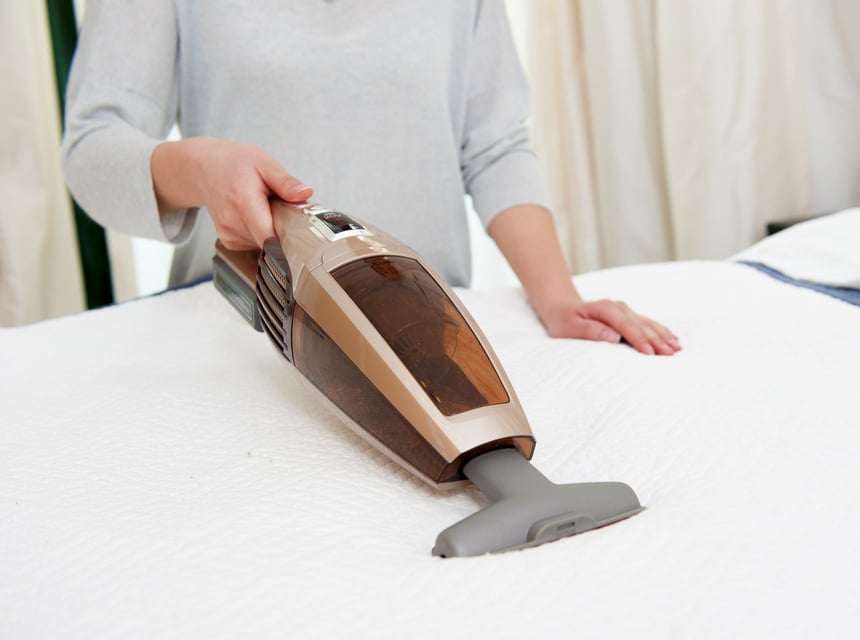
You can also use a vacuum to dry your mattress. Move the hose across the mattress surface to remove as much water as possible, thereby removing the baking soda and the kitty litter as well. Work bit by bit, from left to right, top to bottom, until no more water can be drained. This process should be done once for lesser spills, but for bigger spills, it should be repeated as many times as needed.
Karie Lapham Trusted Source How to Dry a Mattress Quickly | Home Guides | SF Gate A soggy mattress soon takes on a musty smell, and within a day or two, may even begin to grow mold deep inside it. Mattresses that avoid complete saturation can be salvaged, as long as you work quickly and dry them thoroughly. homeguides.sfgate.com warned against the usage of a household vacuum because the dampness can cause interior damage. In certain situations, the wetness can even result in a slight electrical shock.
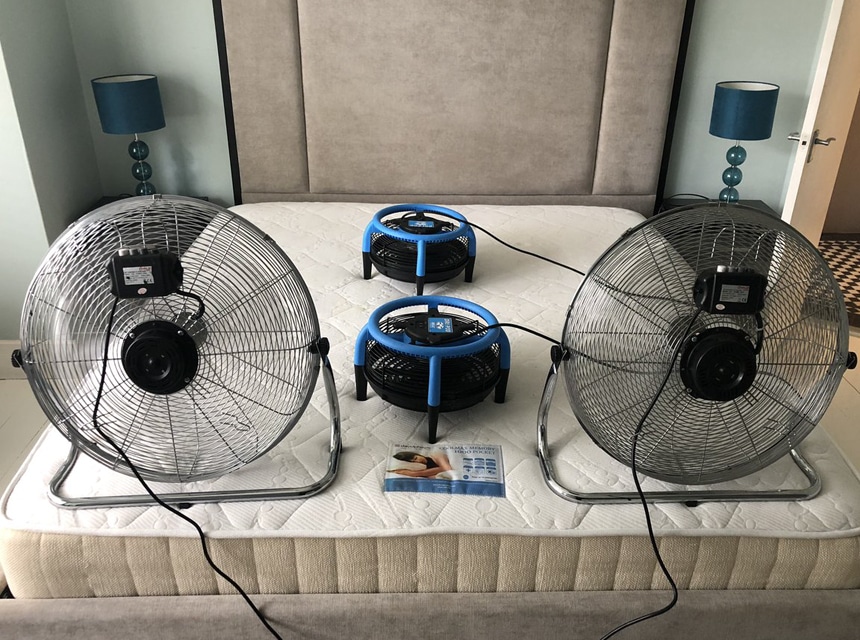
Even if the outside of the mattress appears to be dry, the inside of the mattress may be damp. Position a fan to blow through the moist area and lean the mattress against a wall or other solid surface. Make sure the mattress has at least 2 feet of space on each side.
Place the fan over the wet area, increase it to the highest, and leave it until it’s totally dry. You may also use two fans, one placed directly at each side of the mattress. You may also increase ventilation by opening windows and turning on ceiling fans, which will help with the drying process. It is usually preferable to over-dry your mattress than to keep it damp.
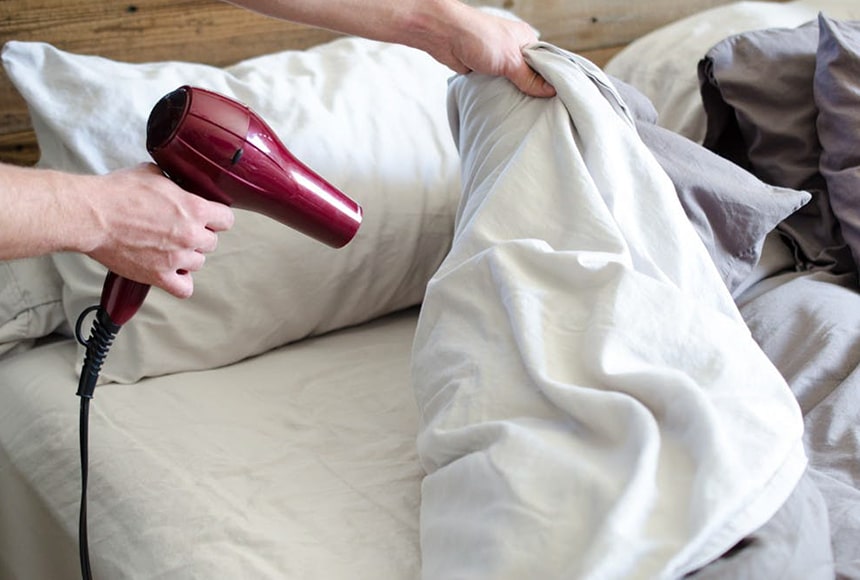
You can also dry your mattress with a hairdryer. It produces a direct stream of warm air that can penetrate deeper layers of the mattress and remove moisture. A warm setting should be used instead of a hot one. As you focus the hairdryer on the wet area, move it back and forth over for ten to twenty minutes, keeping it a few inches from the surface as the hotness of the air can burn your mattress surface, especially when it’s memory foam.
Allow your mattress to cool for a few minutes before examining if it is still wet, as heat will make it feel dry even if it isn’t. If it is still wet, keep on applying the hairdryer on the wet spot for another ten minutes, and if this doesn’t work, take it outside for air and sunlight.
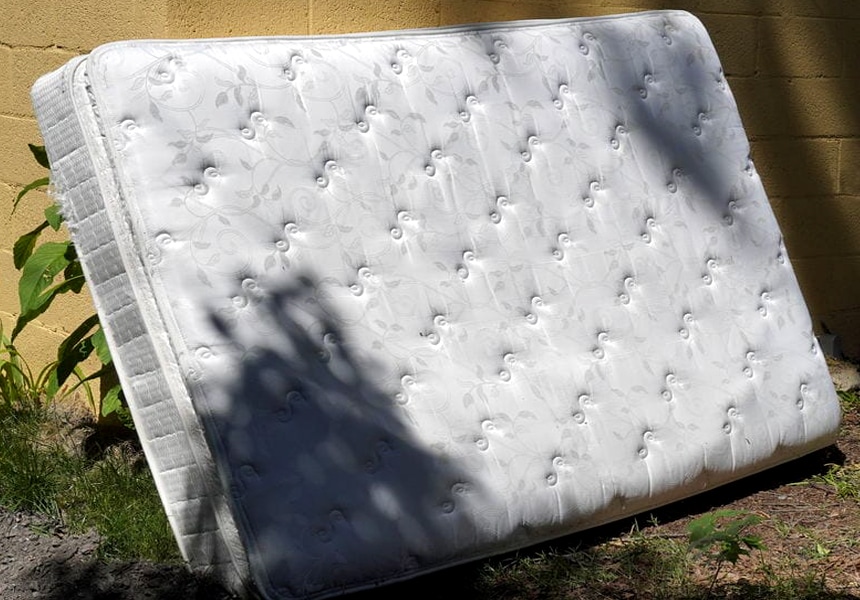
It would be best if you dried your mattress outside whenever possible. Sunlight and fresh air do not only hasten the drying process but also help to prevent or possibly eliminate mold. Position your mattress appropriately to allow for maximum exposure to air circulation and direct sunlight as possible.
Leave it outside to dry for most of the day, and then take it inside at night to avoid further moisture exposure from dew and inclement weather. Be patient and wait until the mattress is entirely dry before using it, as premature use can stifle the drying process, undoing all of your efforts.
If all these processes are followed strictly, taking your mattress outside will finalize eliminating any water on the surface and inner layers.
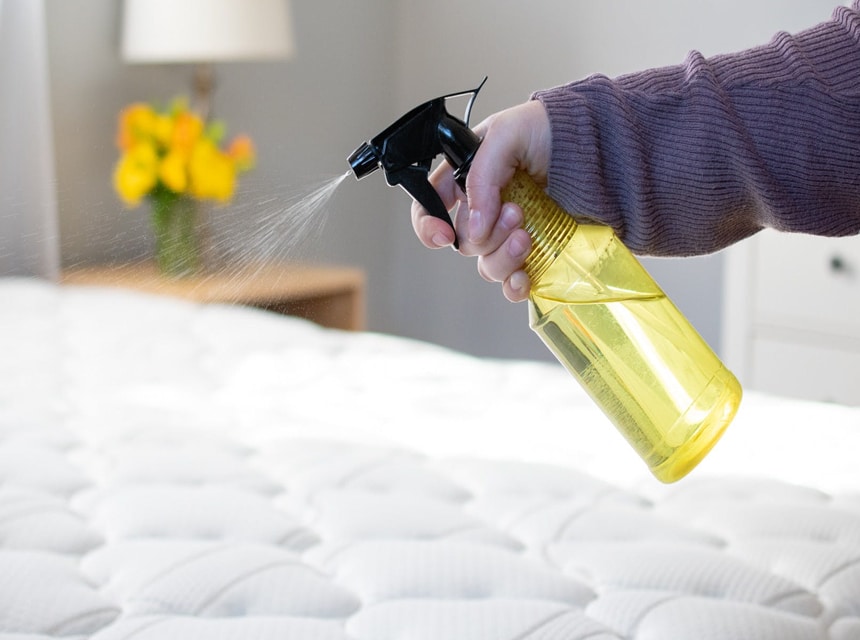
Once your mattress is dry, disinfect it with rubbing alcohol and water in equal parts. Apply it evenly across the entire mattress with a spray bottle. If you don’t have a spray bottle, you can use a rag to clean it. These disinfectants will help eliminate and prevent any other bacteria effect that might want to spring up.
Memory foam is commonly used to make the most comfortable mattresses. Their soft, sponge-like fabrics, on the other hand, might be a drawback because they rapidly absorb moisture. The best technique to dry a memory foam mattress is comparable to drying all other beds. Before you finish drying the mattress, use a stain remover to erase any stain that the spill might have caused.
Use a steam cleaner to suck as much water as possible and don’t wring the liquid out of the foam as this can result in irreversible damage. Another option is to allow direct sunlight and fresh air to dry it. If staying inside is the only option, situate the mattress near an open window and then place it on its side to dry completely. An electric fan, on the other hand, could help speed up the drying process indoors.
If any liquid substance gets spilled on your memory foam mattress, you should act promptly to avoid the liquid from soaking into the deep layers, where it will be impossible to remove. It’s best to cover memory foam mattresses with a waterproof cover because they take the longest to dry when wet. According to most reviews, the best waterproof mattress cover is Nolah Bamboo, as it does not allow water to sink through, and it’s also a naturally cooling and antibacterial cover.
Apart from the steps mentioned above, there are certain ways to dry a mattress that will also help to wave off and kill any bacteria that might be lurking within.
Nobody desires to have his mattress wet. But, if it happens, this write-up has explained how to dry a wet mattress, so you are covered. All you have to do is to follow the steps squarely and it will be returned to its former state.
Furthermore, you can prevent all these from happening if you protect your mattress with Terry Cloth; it is known for protecting your mattress’s surface and inner layers from getting stained or wet.
Finally, you might have to report the situation to a professional restoration company if it’s beyond your power, and in a few cases, you might have to dispose of it due to the extent of the damage.
